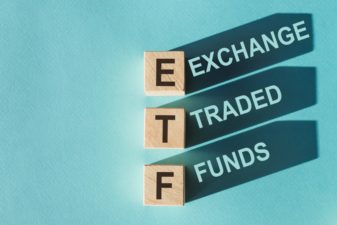If your CERB has run out, you might be wondering whether you should transition to EI. While we’d all like to get back to work, the fact is that a lot of jobs aren’t coming back any time soon. In a situation like this, you have every right to seek benefits you’re entitled to.
Unfortunately, there has been a lot of confusion lately about how the CERB to EI transition actually works. Recently, CTV News shared the stories of several former CERB recipients who weren’t sure whether they’d be able to get on EI in October. Most of those interviewed in the story said that they weren’t sure whether they were eligible for new benefits.
In this article, I’m going to try to provide some clarity on that. I’ll review who should apply for EI, who shouldn’t, and what those ineligible for EI should apply for instead. There’s a lot of ground to cover here, but as you’ll soon see, there’s a light at the end of the tunnel.
Should you apply for EI?
If you’re unemployed and are eligible, then you should apply for EI. Being eligible means
- Being in an “insurable” job (generally anything except self employment).
- Having a social insurance number (SIN).
- Having at least 120 insured hours under your belt.
- Having left work through no fault of your own.
These are the basic standards you’ll need to get on the newly revamped EI. If you don’t meet some of them, you may be able to get the CRB, CRCB or CRSB — the three new programs being rolled out to replace the CERB. For more on those programs, see this article. Assuming you are eligible for the new EI, here’s how to get on it.
How to complete the transition
There are basically two ways you can get on EI.
If you applied for the CERB through Service Canada, then you’ll automatically be considered for EI. No new application is needed. You have to keep completing your CERB reports for as long as you’re getting CERB money. If you missed one, that might delay your transition to EI. So, definitely get on that.
If you applied for the CERB through the CRA, then you’ll need to start a new application. That means either calling Service Canada or starting a new application on Canada.ca. If you call to apply, you’ll have to provide your SIN and some information about your employment situation. You can find more detailed information on Canada.ca.
A consideration if you’re an investor
If you’re investor, it’s worth thinking about how transitioning from the CERB to EI might impact your investments. Generally, most investors like to periodically add to their positions over time. Doing so increases the ending amount. If you lose your job, you might struggle to come up with money to re-invest. But getting on EI could help you keep the contributions coming.
Imagine for a second that you invested in an ETF like the iShares S&P/TSX Capped Composite Index Fund (TSX:XIC). This is an index fund that, according to its sponsor BlackRock, has a 6.11% annualized return. All things considered, that’s a pretty good return. At least it’s okay when compared to things like bonds and GICs. But it’s not going to turn $5,000 into $500,000.
To really get a substantial amount of money with a fund like XIC, you need to diligently add to your positions over time. Normally, you rely on your job to do that. But being unemployed makes that difficult. In such a situation, EI benefits could help you fill the gap. That’s just one reason among many why you might want to consider transitioning from the CERB to EI this fall.
 Act Fast: 75 Only!
Act Fast: 75 Only!






